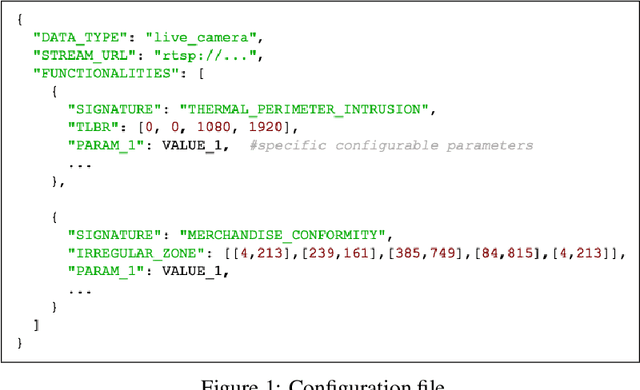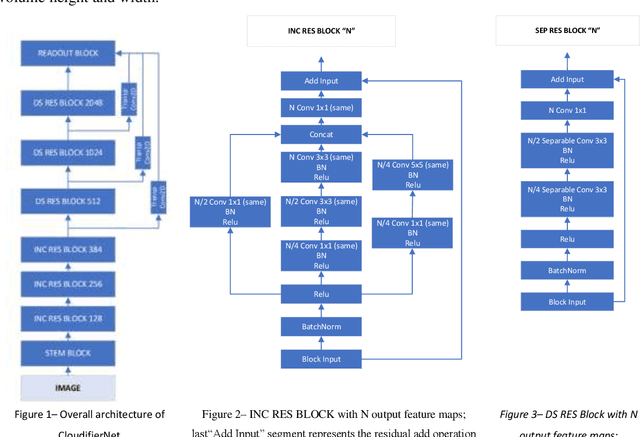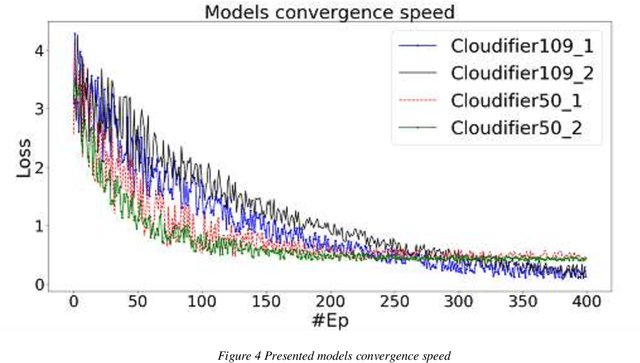Alexandru Purdila
SOLIS -- The MLOps journey from data acquisition to actionable insights
Dec 22, 2021
Abstract:Machine Learning operations is unarguably a very important and also one of the hottest topics in Artificial Intelligence lately. Being able to define very clear hypotheses for actual real-life problems that can be addressed by machine learning models, collecting and curating large amounts of data for model training and validation followed by model architecture search and actual optimization and finally presenting the results fits very well the scenario of Data Science experiments. This approach however does not supply the needed procedures and pipelines for the actual deployment of machine learning capabilities in real production grade systems. Automating live configuration mechanisms, on the fly adapting to live or offline data capture and consumption, serving multiple models in parallel either on edge or cloud architectures, addressing specific limitations of GPU memory or compute power, post-processing inference or prediction results and serving those either as APIs or with IoT based communication stacks in the same end-to-end pipeline are the real challenges that we try to address in this particular paper. In this paper we present a unified deployment pipeline and freedom-to-operate approach that supports all above requirements while using basic cross-platform tensor framework and script language engines.
CloudifierNet -- Deep Vision Models for Artificial Image Processing
Nov 04, 2019

Abstract:Today, more and more, it is necessary that most applications and documents developed in previous or current technologies to be accessible online on cloud-based infrastructures. That is why the migration of legacy systems including their hosts of documents to new technologies and online infrastructures, using modern Artificial Intelligence techniques, is absolutely necessary. With the advancement of Artificial Intelligence and Deep Learning with its multitude of applications, a new area of research is emerging - that of automated systems development and maintenance. The underlying work objective that led to this paper aims to research and develop truly intelligent systems able to analyze user interfaces from various sources and generate real and usable inferences ranging from architecture analysis to actual code generation. One key element of such systems is that of artificial scene detection and analysis based on deep learning computer vision systems. Computer vision models and particularly deep directed acyclic graphs based on convolutional modules are generally constructed and trained based on natural images datasets. Due to this fact, the models will develop during the training process natural image feature detectors apart from the base graph modules that will learn basic primitive features. In the current paper, we will present the base principles of a deep neural pipeline for computer vision applied to artificial scenes (scenes generated by user interfaces or similar). Finally, we will present the conclusions based on experimental development and benchmarking against state-of-the-art transfer-learning implemented deep vision models.
 Add to Chrome
Add to Chrome Add to Firefox
Add to Firefox Add to Edge
Add to Edge